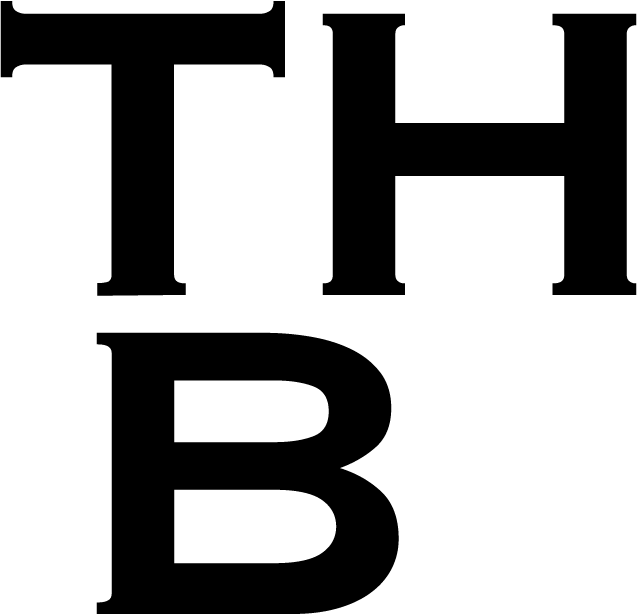
on the bauhaus way of life
Ultimately all problems of education merge into one great problem: ‘education for life.’ I always wonder how timeless words can be, if they are well written and of substance. This is certainly more than true for the amazing work of Laszlo Moholy-Nagy. Everything seems so very up-to-Date and avant-garde, although his « Vision in Motion » was published in 1948. My citation of his Design-Bible is such a blatant attempt to prove a point that I replaced a word in the text: I exchanged the word design with education.
The dondada
Moholy-Nagy was invited to teach at the Bauhaus in Weimar in 1923 by then School Director Walter Gropius. His co-teaching of the foundation course with Josef Albers marked the end of the school’s expressionistic leanings. It moved it closer towards its original aims, back to a school of design and industrial integration.
In the early 1930s he coined the concept of « Neues Sehen » (New Vision). He sincerely and profoundly believed that photography and the camera could create a whole new way of seeing the world that the human eye could not. This theory slowly but steadily morphed into his approach to education. A shift towards a system so radical by all means, it still seems innovative today.
Bauhaus, das Reformhaus
As most schools’ claims today, the Bauhaus was teaching practical training in workshops and a generalist and pluralist approach to academic knowledge. Everything was based on a foundation of creative learning experiences and opportunities. The roughly thirty hours of creation in the workshops each week were complemented by eighteen hours of artistic and scientific instruction (Siebenbrodt, 2015). Most workshops in the Dessau campus were open to all students for individual and joint projects at all times.
For one of my upcoming podcast episodes, I talked to Patrick Morgan, a known illustrator and disruptive educator. We were exchanging our loving thoughts and appreciation for the Bauhaus, just to get to this short but very intense period that changed the way we learn forever. The “Reformpädagogik” (reformist pedagogy) in Germany and Switzerland, laboratory Schools or progressive Education, as proposed in the United States by John Dewey and Francis W. Parker in the late 19th century, the introduction of Mastery Learning by Carleton Washburne or similarly democratic education concepts developed by Maria Montessori (1907) for children of poor neighborhoods in Rome or by Anton S. Makarenko (1920) for young offenders in Russia started to have an impact on society and the economy.
Vintage scuba diving
After a year of change, disruption and transformation. After those last twelve months, electric cars, new devices, the metaverse and NFTs certainly look new or surprising under a microscope. Looked at from a meso or macro perspective, everything looks far more culturally vintage. New ideas based on old, at this point drowned one’s. We are re-discovering Atlantis…
Let’s take that dive into the history of certain radical, reformist approaches in literature, movies or science and share experiences from way back to be consumed today!
It will certainly trigger some ideas and shift our encrusted paradigms. Reading proposals from a hundred years ago must be a desirable outlook for these upcoming hoildays. We just need to look closely onto the bigger picture!
This article is based on our newsletter “thoughts&coffee” published on 10.12.2021

